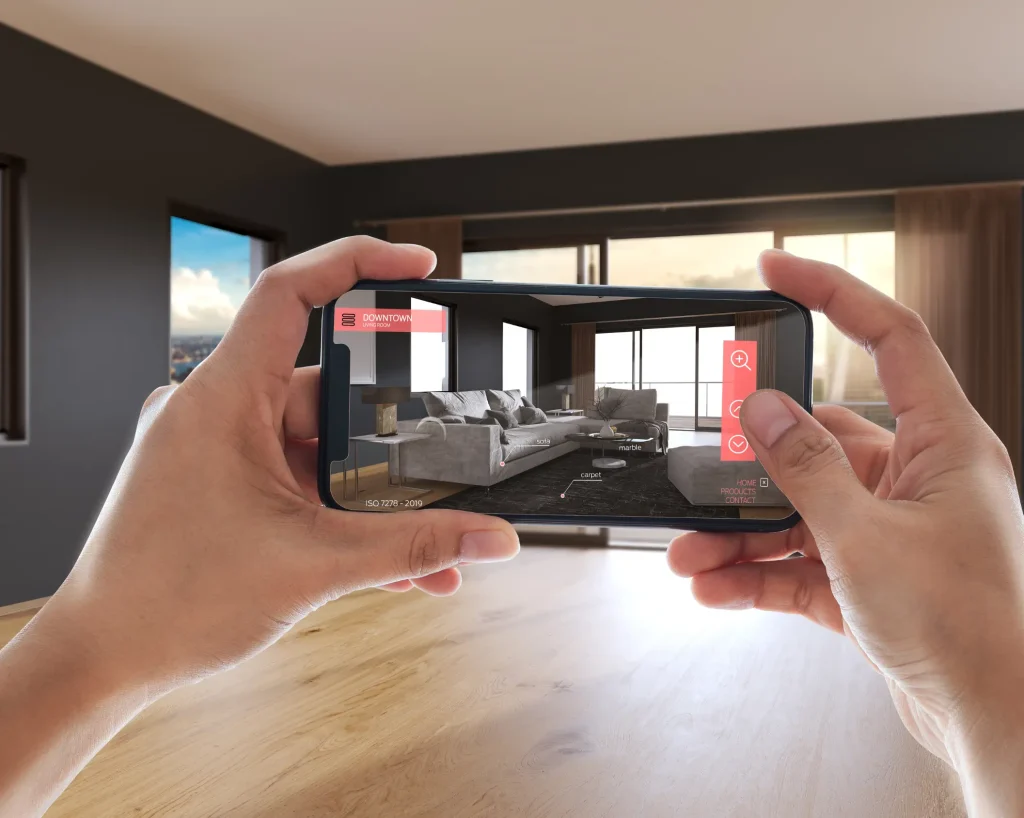The Impact of AR and VR on Digital Marketing

Augmented reality (AR) and virtual reality (VR) are transforming the way businesses engage with consumers. As technology advances, brands are integrating AR and VR on digital marketing to create immersive, interactive experiences. These technologies allow companies to showcase products in unique ways, enhance customer engagement, and drive higher conversion rates.
How AR and VR Are Changing Digital Marketing
The use of AR and VR on digital marketing allows brands to bridge the gap between online and in-person experiences. Customers can now try products virtually, explore interactive advertisements, and engage with brands in a more personalized way. For example, AR-powered apps let users see how furniture fits in their homes before purchasing, while VR experiences transport users to virtual showrooms or brand events.
Benefits of Using AR and VR in Marketing
1. Enhanced Customer Engagement
Immersive experiences capture attention more effectively than traditional ads. When users interact with AR and VR content, they are more likely to remember the brand and make a purchase.
2. Increased Conversion Rates
By allowing customers to “try before they buy,” businesses reduce hesitation and boost confidence in their products. Virtual try-ons for fashion and cosmetics have proven to increase sales.
3. Stronger Brand Differentiation
In a competitive market, brands using AR and VR on digital marketing can stand out by offering unique and memorable experiences. Companies that adopt these technologies position themselves as innovative and customer-focused.
Challenges of AR and VR in Marketing
Despite their benefits, AR and VR require investment in technology and expertise. Not all consumers have access to VR headsets, and poorly designed AR experiences can frustrate users. Businesses must ensure seamless integration and usability to maximize effectiveness.
Final Thoughts
The rise of AR and VR in marketing is reshaping the future of customer engagement. Brands that embrace these technologies can create immersive experiences that drive loyalty and conversions. As adoption grows, businesses must find creative ways to leverage AR and VR to stay ahead of the competition.